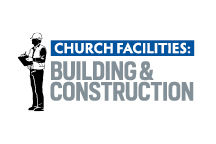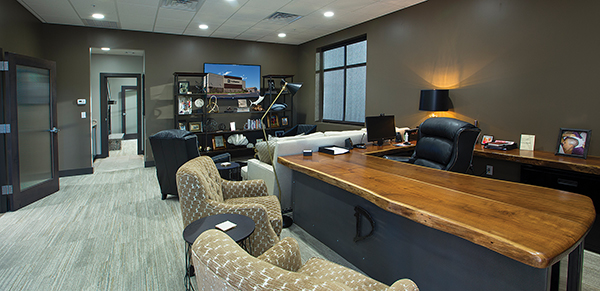
By Rodney James
It’s important for church leaders to know the fundamentals of the church building process.
Our team is made up of experienced ministry facility design experts who desire to help educate them on the process in an effort to ensure critical steps aren’t missed.
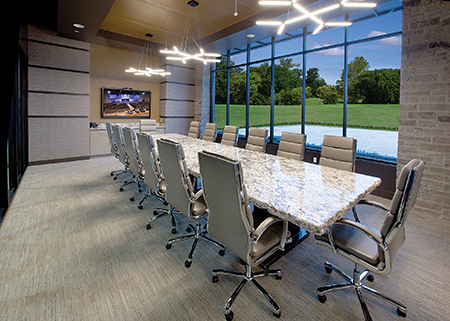 #1: Carefully think through the purpose of each area of your ministry facilities
#1: Carefully think through the purpose of each area of your ministry facilities
Define the needs of the ministry in each of those areas. Naturally, the main purpose of each building will be to advance the kingdom of God and fulfill the mission of the church — but this won’t happen automatically.
#2: Share the vision
Once you understand the purpose, sharing the vision for any facility renovation or expansion will have greater impact. The vision and future ministry opportunities will help greatly in garnering the greatest financial support and church member buy-in. People need to know the “why” of what they are giving to. How their money is being used is important, but the impact it will make on the Kingdom is what motivates the heart to give.
When they understand the vision, their giving becomes based on advancing the kingdom, not just  facilitating a building project.
facilitating a building project.
#3: Determine what you can afford
This step — determining what your church can afford to build — is a big one. Before you design even one square foot of your new building, this is where you must begin.
Staggeringly, 82 percent of projects that begin without a budget, never get completed. So, the most important step you’ll take is to insure you can afford the entire project before you begin design.
#4: Execute a thorough due diligence process
 This step is critical! If you’re doing new construction, you must determine what it will take to develop your site before you design the buildings that are to be constructed. You must consider the financial impact of developing every piece of your land.
This step is critical! If you’re doing new construction, you must determine what it will take to develop your site before you design the buildings that are to be constructed. You must consider the financial impact of developing every piece of your land.
Finding a partner to help you with the due diligence process will save you time, money and potential heartache in the long run.
Some of the items to consider:
• Will you need a stop light or turn lane?
• Where are the connection points for all utilities?
• How much parking is required?
• How will you manage the storm water?
• Are there any wetlands identified that must be managed?
These are just some of a host of items that have costs attached to them.
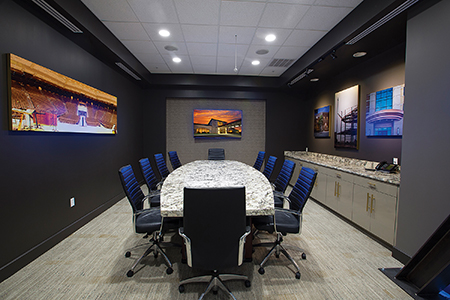 #5: Choose the right partner
#5: Choose the right partner
This will require contemplation and study on your part. A few things to look for:
First and foremost: do they understand ministry? It’s impossible for a team of people to design a functional ministry facility if they don’t first understand the ministry that will take place in that facility.
How many church projects has a potential partner been involved with? Do they understand how today’s culture has affected ministry facility design? Have they completed recent projects under budget? Do you have a heart connection with their team? Are they concerned that you’re working within safe and realistic budget parameters? How do they determine the cost of the building as they design? Can they provide real references from pastors who they have completed projects for, without hesitation?
You will be working with your church facility designer and builder for many months. It’s very important that you’re comfortable asking questions and that you feel
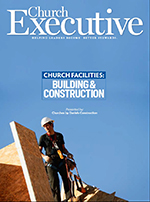
you’re given honest information to help you make the right decisions.
Once you understand your purpose for facilities, lay out your vision for ministry within current and future facilities, and then determine what you can afford, the next steps will be the beginning of the journey to help you turn that vision into reality.
A trusted partner to lead you through the due diligence, design and building process will be a pastor’s greatest asset to ensure the information provided to the congregation is accurate from beginning to end.
Rodney James served as executive pastor, then senior pastor, at Sequoyah Hills Baptist Church in Tulsa, OK, for 20 years. In that time, he led and completed multiple building and renovation projects. In 2012, James joined Churches by Daniels, Inc., in Broken Arrow, OK, as Director of Business and Finance. He is now a Business Partner and Vice President of Business and Design. The company specializes in designing and building churches nationwide.


